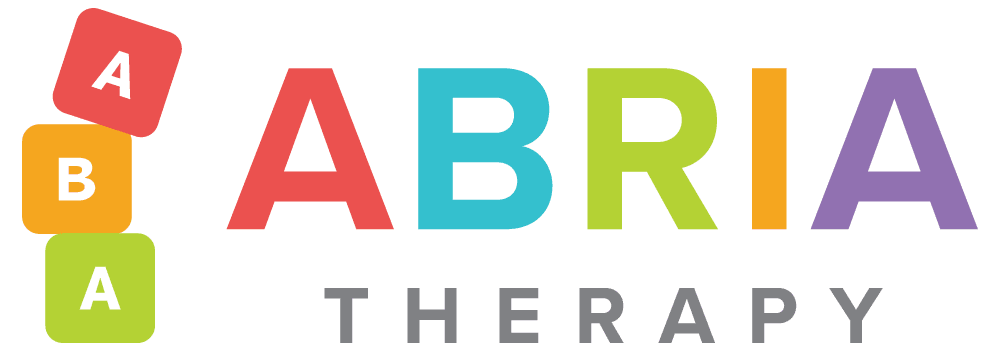The pattern of investment returns and cash flows over time is known as the J curve in private equity. It shows a downward dip (high outflows) followed by an upward path (high inflows) resembling the letter “J.” For example, in medicine, it can describe the initial worsening of a patient’s condition following treatment before eventual recovery. In business, it might refer to the investment phase in a startup, where initial losses are followed by significant gains as the business grows. The underlying principle of an initial decline followed by a significant improvement makes the J-curve a versatile tool for analyzing change over time across different fields. The x-axis of the political J curve graph measures the ‘openness’ of the economy in question and the y-axis ЬПИИmeasures the stability of that same state.
In investing, the J-curve is cited as the usual trajectory of a private equity investment. These deep-pocketed investors are willing to put up with initial losses while spending substantial amounts of money to return an ailing company to profitability. J-curves are observed in other fields including medicine and political science. In each case, an initial loss is followed by a significant gain to a level that exceeds the starting point.
- But as funds mature, they begin to manifest previously unrealized gains, through events such as mergers and acquisitions (M&A), initial public offerings (IPOs), and leveraged recapitalization.
- A J curve is any of a variety of J-shaped diagrams where a curve initially falls, then steeply rises above the starting point.
- The underlying principle of an initial decline followed by a significant improvement makes the J-curve a versatile tool for analyzing change over time across different fields.
- In education and skill development, the J curve represents the learning curve of an individual or a group.
J-Curve and S-Curve Forecasts
Equally, many foreign consumers may switch to purchasing the products being exported into their hotforex broker review country, which are now cheaper in the foreign currency, instead of their own domestically produced goods and services. In private equity, the J Curve represents the tendency of private equity funds to post negative returns in the initial years and then post increasing returns in later years when the investments mature. The negative returns at the onset of investments may result from investment costs, management fees, an investment portfolio that is yet to mature, and underperforming portfolios that are written off in their early days.
Typically, private equity funds do not take possession of their investor’s funds until they’ve identified profitable investments. The investors just commit to providing funds to the fund manager as needed or upon request. Banks that lend to private equity funds negotiate for a cash flow sweep that requires the fund to pay down its debt with some or all of the excess cash flow generated. The country’s trade balance deteriorated after a sudden depreciation in the yen, owing mostly to the fact that the volume of exports and imports took time to respond to price signals. The J Curve operates under the theory that the trading volumes of imports and exports first only experience microeconomic changes as prices adjust before quantities.
In the fitness world, the J curve represents the progress of an individual’s fitness level over time. It shows a dip in performance or motivation at the beginning of a new fitness routine or training program, followed by a gradual improvement and surpassing of previous performance levels. The structure of a country’s economy, including the composition of its exports and imports, can influence how the J curve plays out. The balance of trade is the difference between the value of exports and the value of imports. It could be relevant in many other instances when used to illustrate an outcome that starts with a negative impact but is quickly followed by a sharply positive impact. A J-curve is a trendline that shows an initial loss immediately followed by a dramatic gain.
Create a Free Account and Ask Any Financial Question
Relative deprivation theory claims that frustrated expectations help overcome the collective action problem, which in this case may breed revolt. Supply and demand quantity stays the same but the currency depreciation makes that same level of imports more expensive and those exports less profitable; moving the trade balance from position A to position B. The reverse J curve illustrates the change in the balance of trade of a country following the appreciation of its currency. This curve suggests an initial short run improvement and a long run worsening of the balance of trade. In the above graph, time is taken on the horizontal axis (x-axis), while balance of trade (BOT) is taken on the vertical axis (y-axis).
Then, as time progresses, export volumes begin to dramatically increase, due to their more attractive prices to foreign buyers. Simultaneously, domestic consumers purchase less imported products, due to their higher costs. Graphically, the J curve explains the change in the balance of trade (BOT) of a country over a period of time following the depreciation of its currency.
The firm then spends substantial amounts of money retooling the company’s operations before spinning it off as a renewed company. Private equity firms have a different path to profitability than public companies or the funds that invest in them. Visit our Knowledge Center where you can choose from private markets content designed for both investors and advisors. Create a new profile at Risk Simulator | New Simulation Profile if you wish the software to automatically generate assumptions for the forecast. It is assumed that you have reviewed Chapter Eight for all the technical and usability details of these forecasting methods and are somewhat familiar with what each of them is used for.
Understanding the J Curve with Graphs
Use the absorption approach to explain how the U.S. can improve its trade balance from the currency devaluation, if the country is currently operating in the full-employment level of output. Let’s begin with benign reasons for which the use of credit lines was originally conceived. As illustrated in the previous section, for an LP liquidity management is not a trivial part of investing in private equity, and on the GP side the timing of investment opportunities and closure are not precise. In a large buyout, for example, there are many things that PE investors do not control. There is a competitive sales process and the need for board and regulatory approval.
For example, existing export contracts must expire and already purchased and imported goods must be used before a response to the currency depreciation happens. It takes time for the positive effects to work through the system although the negative effects are felt immediately. The J curve in political economy suggests that when there is a sudden decline in economic conditions, such as a recession or financial crisis, it can create social fp markets review and political unrest. The short-run and long-run effects of depreciation are shown together in the J curve.
Click on Risk Simulator | Forecasting | Markov Chain, enter in 10% for both state probabilities, and click OK to create the report and chart. Click on Show Results to preview the computed model, and click OK to generate the econometric model report. Select the J- or S-curve type, enter the required input assumptions (see Figures 8.16 and 8.17 for examples), and click OK to run the model and report.
These processes can be used to forecast a multitude of time-series data including stock prices, interest rates, inflation rates, oil prices, electricity prices, commodity prices, and so forth. The S-curve, or logistic growth curve, starts off like a J-curve, with exponential growth rates. Over time, the environment becomes saturated (e.g., market saturation, competition, overcrowding), the growth slows, and the forecast value eventually ends up at a saturation or maximum level. The S-curve model is typically used in forecasting market share or sales growth of a new product from market introduction until maturity and decline, population dynamics, growth of bacterial cultures, and other naturally occurring variables. In political science, the “J curve” is part of a model developed by James Chowning Davies to explain political revolutions. Davies asserts that revolutions are a subjective response to a sudden reversal in fortunes after a long period of economic growth, which is known as relative deprivation.
Our mission is to empower readers with the most factual and reliable financial information possible to help them make informed decisions for their individual needs. Our writing and editorial staff are a team of experts holding advanced financial designations and have written for most major financial media publications. Our work has been directly cited by organizations including Entrepreneur, Business Insider, Investopedia, Forbes, CNBC, and many others. Finance Strategists is a leading financial education organization that connects people with financial professionals, priding itself on providing accurate and reliable financial information to millions of readers each year. At Finance Strategists, we partner with financial experts to ensure the accuracy of our financial content. The J-curve, if successful, is expected to emerge in five to eight years from the purchase of the company.
Related terms:
This trajectory – the initial decline in returns, the stabilization in performance, and eventual steep rise in returns – when plotted on a graph, resembles the letter “J”. The J-curve, or exponential growth curve, is one where the growth of the next period depends on the current period’s level and the increase is exponential. This phenomenon means that, over time, the values will increase significantly from one period to another. This model is typically used in forecasting biological growth and chemical reactions over time.


